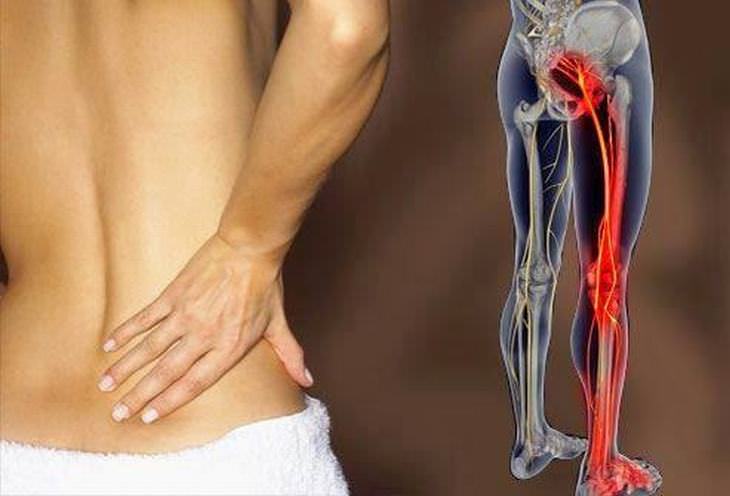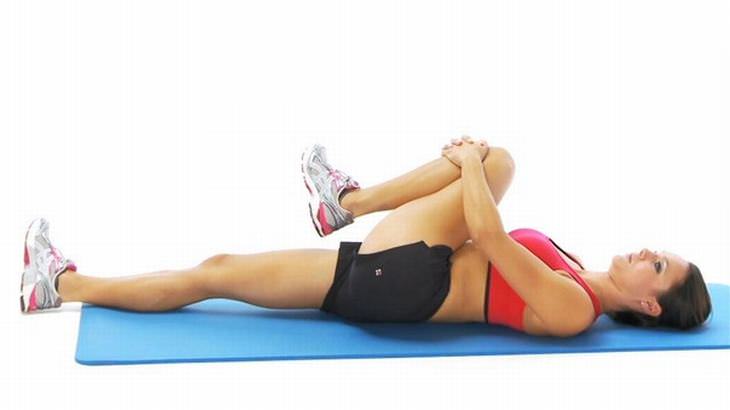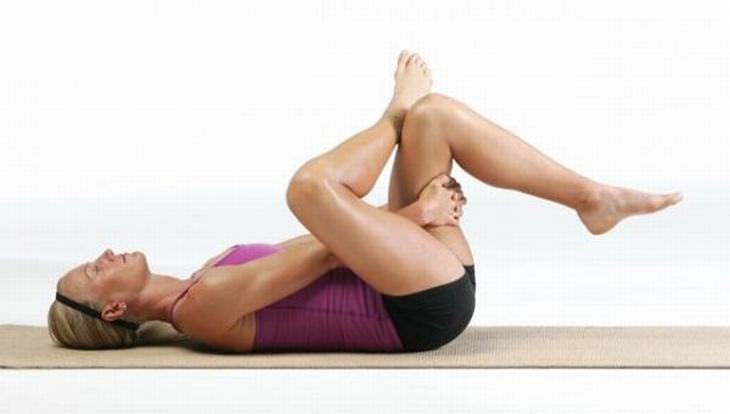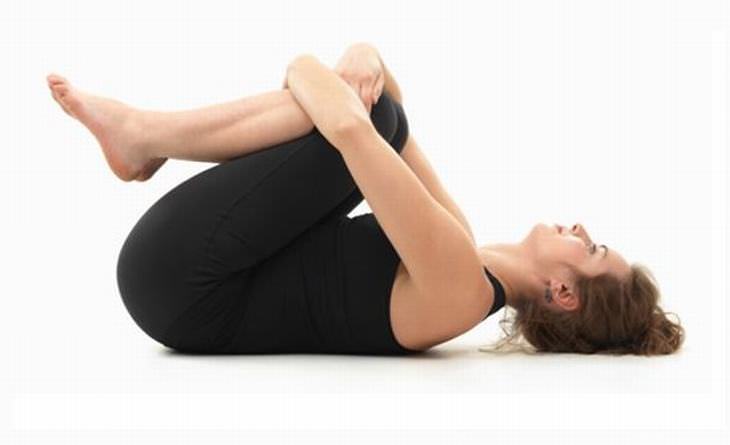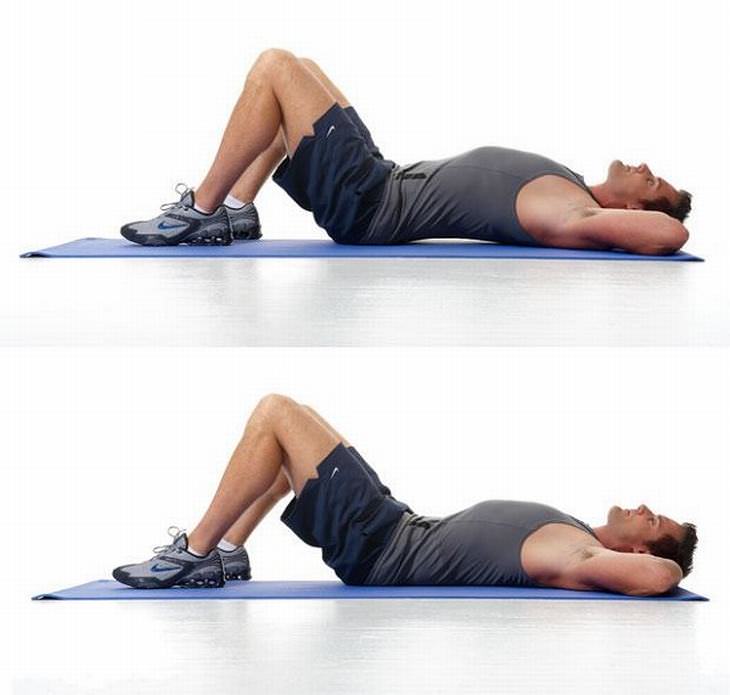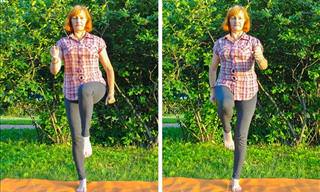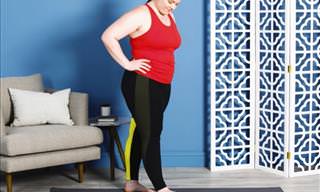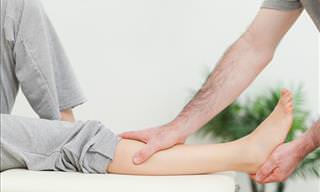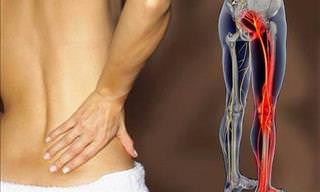I always thought there wasn’t much I could do when my sciatica flared up. But now that I've found the following routine, I know there's an answer. These 6 simple exercises help relieve pressure on the sciatic nerve, and can be performed from the comfort of your own bed:
Sciatica is an intense and searing pain, sometimes experienced as numbness or tingling, that can be felt around your lower back and shoots all the way down to your legs. This routine was developed at the University of Washington’s Physical Therapy Department, by Jennifer Howe. It’s especially designed to target herniated discs, bone degeneration and tight hip muscles, all of which cause sciatica. Even if you don’t know which of the three factors is causing your pain, try all the stretches and see which one helps.
Tight hip muscles
The following stretches will loosen the muscles in your hips. They might be pressing on your sciatic nerve, causing your pain.
Knee to opposite shoulder
Lie on your back with your legs extended and your feet flexed. Raise your right leg and hold your hands behind your knee. Pull your right knee gently across your body until it reaches your left shoulder. Hold this position for 30 seconds and repeat once more. Switch to raise your left leg to your right shoulder. Hold this position twice.
Source
The Figure-4 Stretch
Lie on your back with your knees bent and place your feet flat on the bed. Cross your right ankle over your left knee forming a number 4-shape, as seen in the photo below. Hold your hands behind your left knee and gently pull your legs towards your chest while pressing the right knee away from your chest. Hold this position for 30 seconds and repeat it another 3 times. Switch legs and repeat the exercise 4 times.
Source
Stretches for bone degeneration
Create spaces between your vertebrae with these moves. These will help prevent your vertebrae from pinching your sciatic nerve.
Knees to chest
Lie on your back and hug your knees to your chest, while allowing your lower back to curve. Hug your knees in this position for 30 seconds. If this stretch eases the pain in your legs, repeat this position another 3 times.
Posterior pelvic tilt
Lie face up on your bed with your knees bent and your feet flat, and place your arms behind your head. Lower yourself until your entire lower back touches the bed, as you see in the photo. Hold this position for 5 seconds and then return to the start position. Repeat this exercise 10 times.
Source
Herniated disc
These two press-up stretches can help create distance between the bulging discs in your spine. This relieves the pressure on the sciatic nerve.
Press-up
Lie on your stomach and position your elbows directly under your shoulders, placing your forearms flat on the bed parallel to each other. Lift your chest and stretch your spine from the tailbone to the top of your neck, slightly arching your back. Hold this position for 30 seconds while breathing deeply. If the pain in your leg subsides, repeat this exercise two more times. If you don’t feel any relief, skip the press-up extension (the next and last exercise).
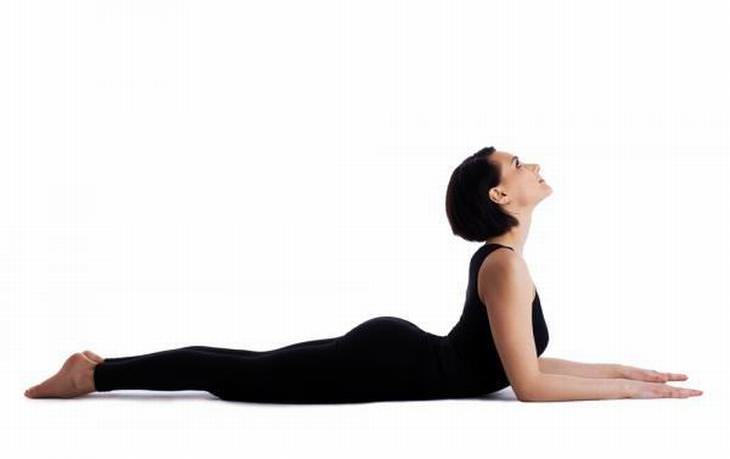
Press-up extension
Once again, lie face down with your hands flat next to your shoulders. Press your palms into the bed while lifting your upper body, making sure to keep your hips and pelvis on the bed. Stretch your spine from your tailbone to your neck while slightly arching your back. If you feel pressure on your lower back, stop lifting your chest. Hold this position for 10 seconds and then slowly lower yourself back to your starting position. Repeat this exercise 10 times, making a set. Do 3 sets of this exercise in total.
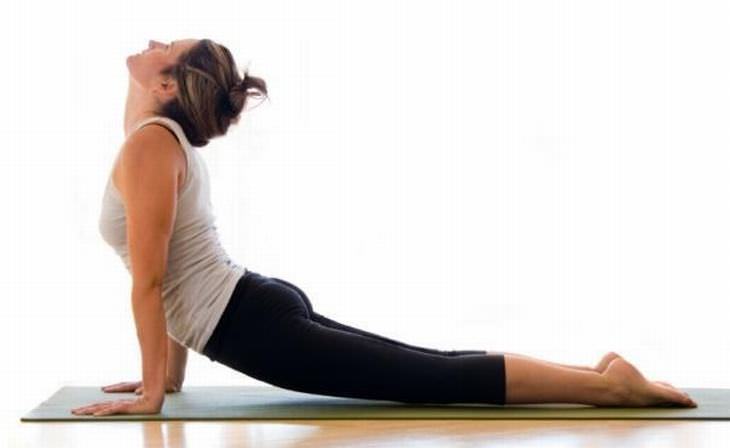
H/T: prevention.com
 Go to BabaMail
Go to BabaMail


